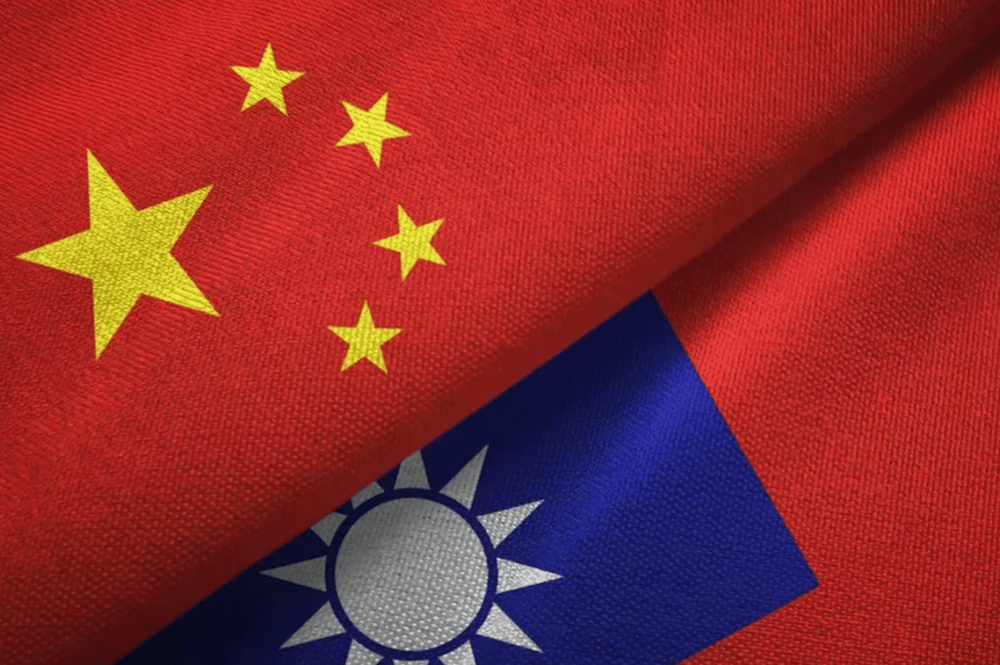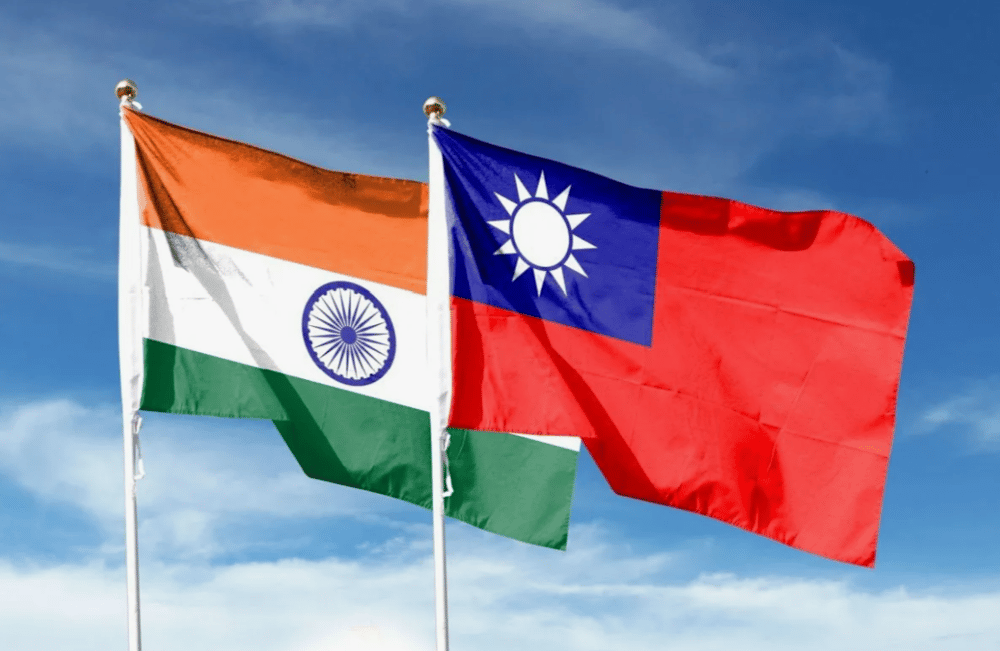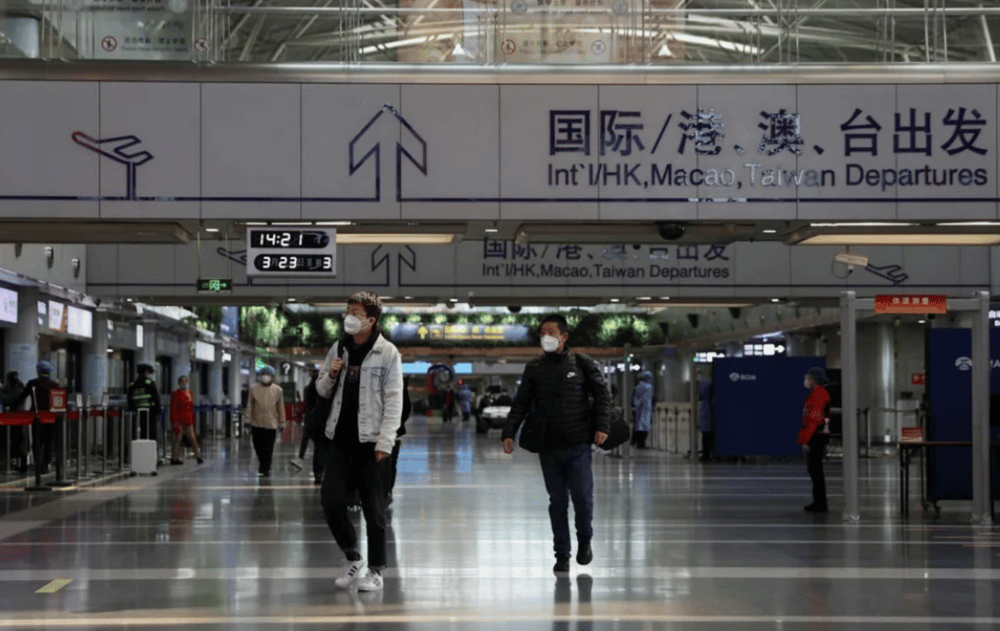Hedge Fund Activity Surges in Asian Equities: Bullish Positions in Japan, India
Global hedge funds have significantly increased their exposure to Asian equity markets, marking the sharpest rise in regional trading volumes in over five years, according to a recent note from Goldman Sachs $GS. Between June 6 and June 12, long positions across Japan, Hong Kong, Taiwan, and India surged to the highest levels since September 2024, highlighting a renewed appetite for risk despite macroeconomic uncertainty.
At the same time, short positions on Chinese onshore equities intensified, underlining continued investor skepticism about the outlook for Mainland China’s economic recovery. This bifurcated strategy signals a growing divergence in investor sentiment across Asia's key equity markets.
Hedge Funds Reallocate Capital Across Asia: Diverging Views on Growth and Risk
The Goldman Sachs report reveals a stark contrast in hedge fund sentiment. While bullish trades dominated positions in developed and emerging Asian markets, notably Japan (Nikkei 225) and India $^NSEI, short interest climbed in China A-shares, pointing to persistent concerns about the country’s weak consumer demand, property sector volatility, and lack of broad stimulus measures.
The tactical rotation into Asia is seen as a response to multiple overlapping themes: cooling USD strength, resilient Asian earnings, tech sector rebound in Taiwan, and easing geopolitical headwinds in India and Japan.

Key Developments at a Glance
📈 Bullish hedge fund exposure in Asia hits highest level since Sep 2024
💰 Japan, Hong Kong, Taiwan, and India saw net equity buying
🔻 Hedge funds increased short positions in Chinese A-shares
📊 Trading volumes in Asian markets reached a five-year high
🧾 Data based on Goldman Sachs prime brokerage flows (June 6–12)
Market Response and Strategic Insights
While the surge in hedge fund activity did not immediately translate into sharp index moves, the Nikkei 225 $^N225, Hang Seng Index $^HSI, and Taiwan Weighted Index $^TWII all posted modest weekly gains. India’s NIFTY 50 extended its rally following the post-election relief rally, bolstered by foreign institutional inflows.
Conversely, CSI 300 and Shanghai Composite remained under pressure, as short selling intensified amid concerns over deflationary signals and regulatory inertia in Beijing.
Market strategists note that hedge funds are increasingly employing pair trades across Asia—longing India while shorting China; buying Japan on yield differentials while hedging via regional ETFs.

Key Strategic Takeaways
Risk-on sentiment returns selectively across Asia
Japan and India seen as structural overweights in hedge fund models
China continues to face structural and policy headwinds
Short selling activity concentrated in Mainland Chinese equities
Goldman Sachs data shows broadening of Asian equity participation
Hedge Funds Signal Tactical Confidence in Asia, but Caution on China
The latest trading behavior among global hedge funds reflects a nuanced risk allocation strategy: bullish on regions with earnings visibility and geopolitical stability, cautious or bearish on markets plagued by policy opacity and domestic fragility.
The divergence in positions between India, Japan, and Taiwan vs. China underscores the realignment of capital toward markets perceived as more policy-transparent and investor-friendly. If current trends hold, hedge funds may continue to lead flows into Asian equities as global portfolios shift in anticipation of monetary and fiscal recalibrations in the second half of 2025.















Comments
It's fascinating to see hedge funds embracing Asian equities as they seek growth amid global uncertainties.
It's fascinating to see hedge funds embracing Asian equities again; it could signal a turning point in global investment trends.